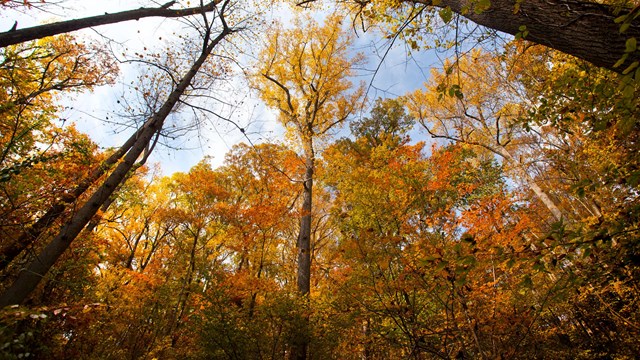|
Rock Creek Park is an island of nature surrounded by human development. The park's forests, meadows, and streams are home to many plants and animals. One special animal is the endangered Hay's spring amphipod, a tiny crustacean that lives in the water. Rock Creek Park is also an important area for migrating birds. These natural wonders make the park a place to enjoy again and again. But Rock Creek Park faces many environmental challenges. Invasive, non-native plants crowd out native plants. Stormwater runoff pollutes waterways. White-tailed deer populations require management to keep the ecosystem in balance. Climate change threatens the park's health. Read on to learn about the park's natural features and how the National Park Service studies and protects this special place.
Visit our keyboard shortcuts docs for details
How National Parks in urban settings provide valuable refuges to wildlife: from water birds at Boston Harbor Islands to threatened bats at Rock Creek Park, and the contributions that monitoring by citizen scientists and NPS employees make to preserving them. ChecklistsSelect a Park:Select a Species Category (optional):
Search results will be displayed here.
|
Last updated: June 9, 2022


